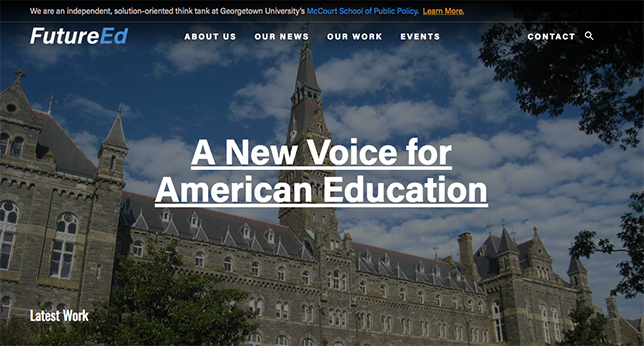
FutureEd, a new education policy think tank, has launched today, offering online news, analysis and research that’s independent, nonpartisan and “solution-oriented.”
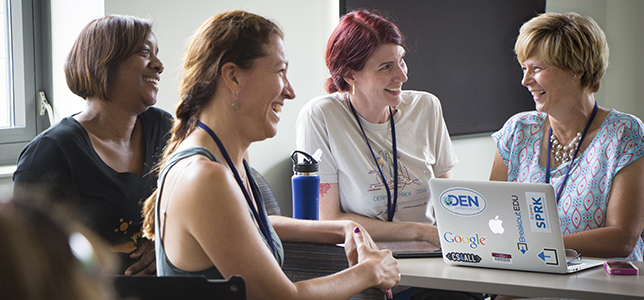
Discovery Education, a provider of digital content and professional development for K–12 classrooms, invites administrators and educators across North America to participate in the Day of Discovery Tour, which kicks off April 29.
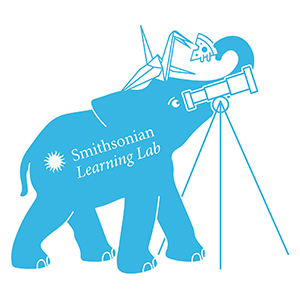
The Smithsonian and the National Art Education Association, which represents visual arts educators, have entered a three-year agreement to work collaboratively on educator professional development and to support teacher creation of model curriculum. One of the resources available to educators is the Smithsonian Learning Lab, an online toolkit to find, customize and share digital museum resources.
Use these free resources to help students learn about the democratic process and explore political issues.

Our tech-savvy readers name their favorite technologies in dozens of categories, from flipped learning software to tablets and convertible laptops.
Visual brainstorming tools, such as mind maps and virtual corkboards, can help students get organized and comfortable sharing their ideas.
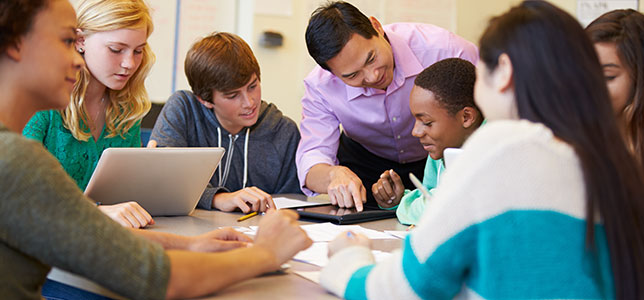
From drag-and-drop programming to scripting language, these top apps and games are great for a range of learners. Students will not only exercise their design-thinking muscles, they'll also learn valuable coding and engineering principles.
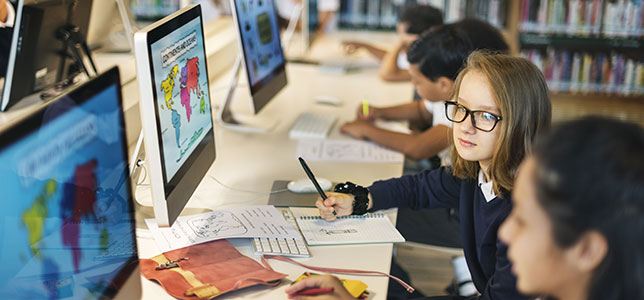
The learning environment is changing in our schools, and technology is playing a big role. How schools are acquiring their resources can be as affecting as the changes in instructional practices used by teachers.
Here are four tools that incorporate that can be used immediately in the classroom to help students become true climate change scientists.
Multimedia tools can reduce student anxiety by encouraging a creative approach that not only builds design and tech skills but also can turn an intimidating final assignment into a fun experience.